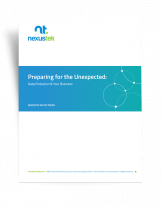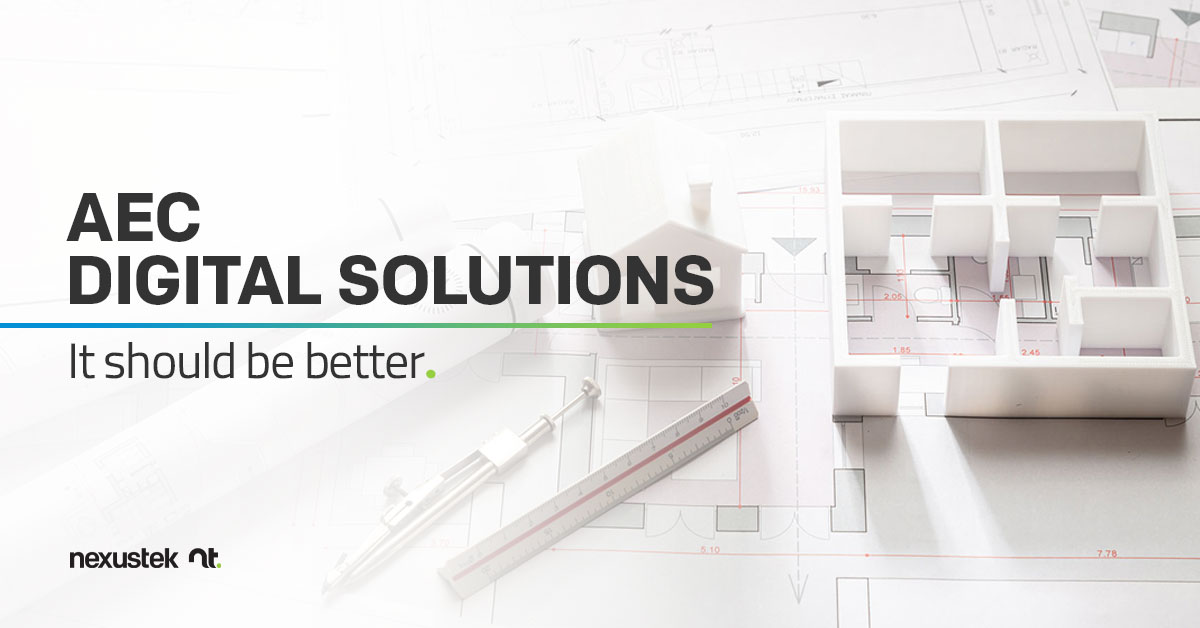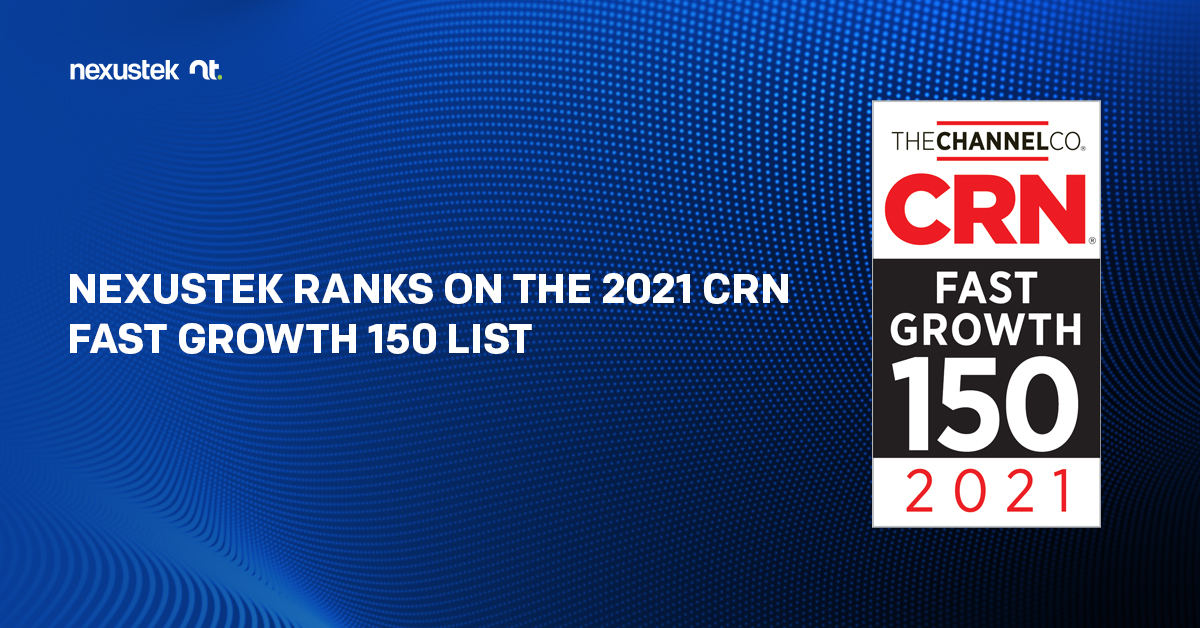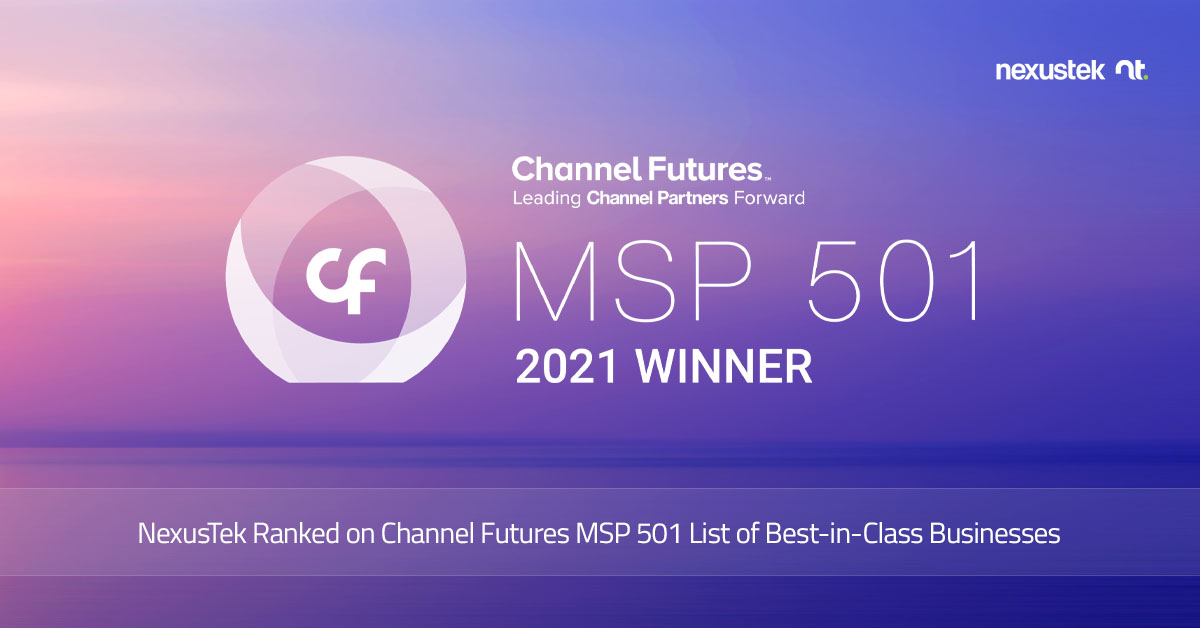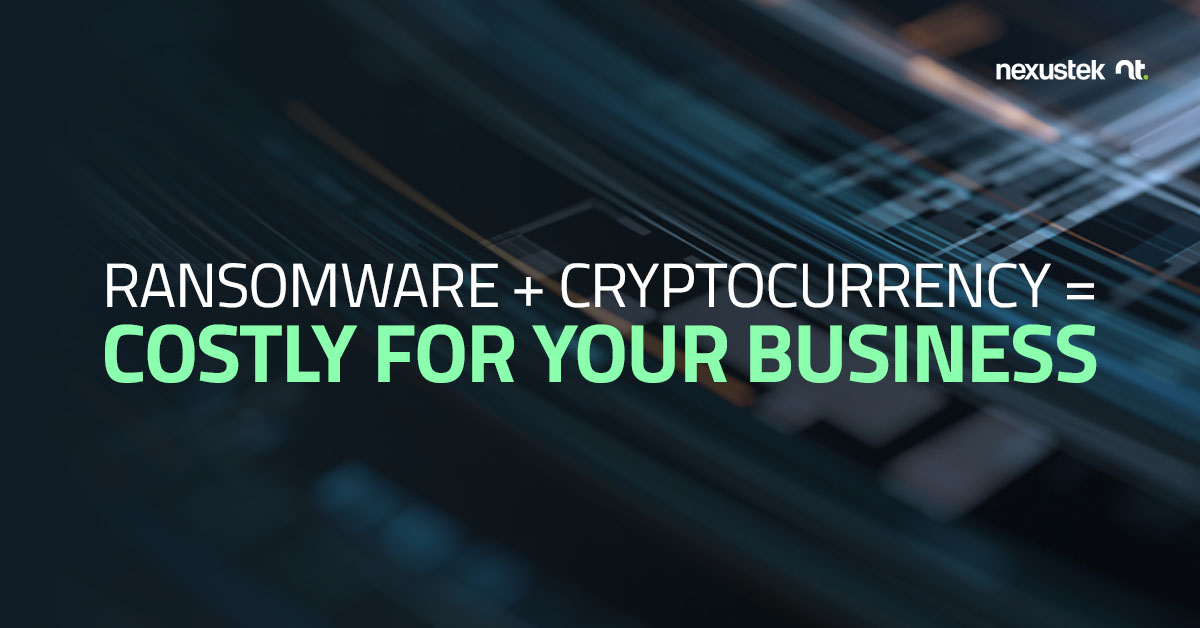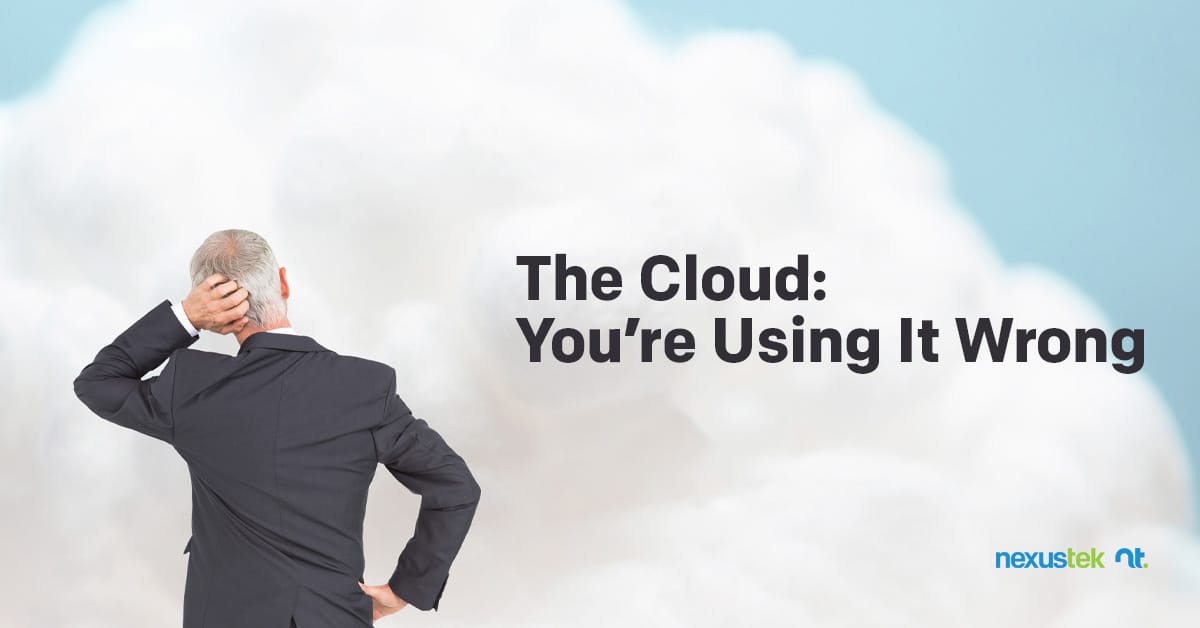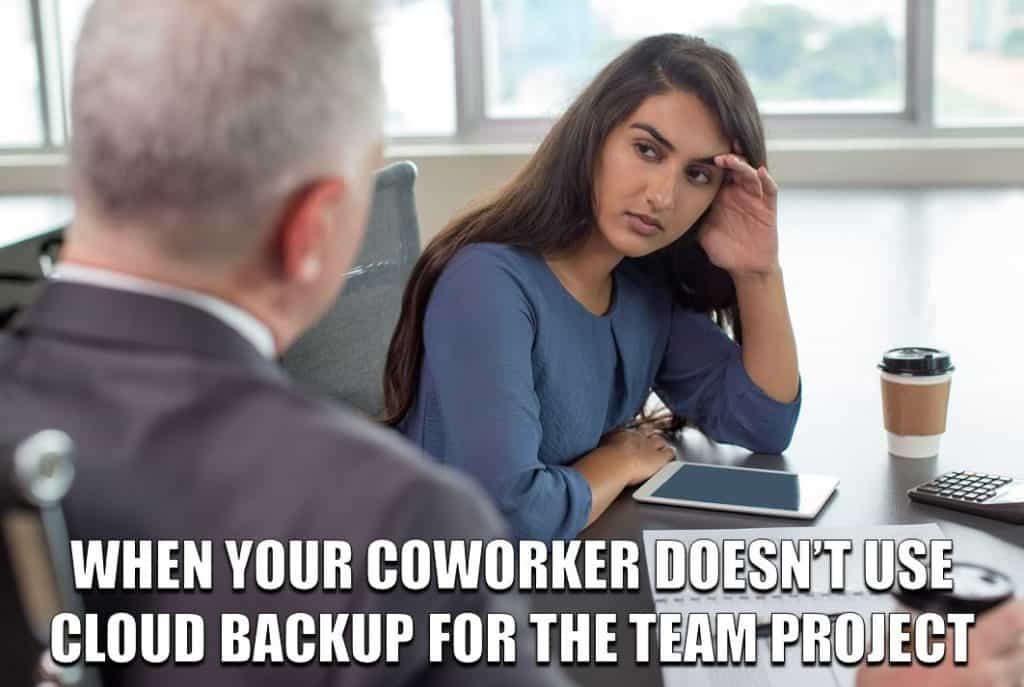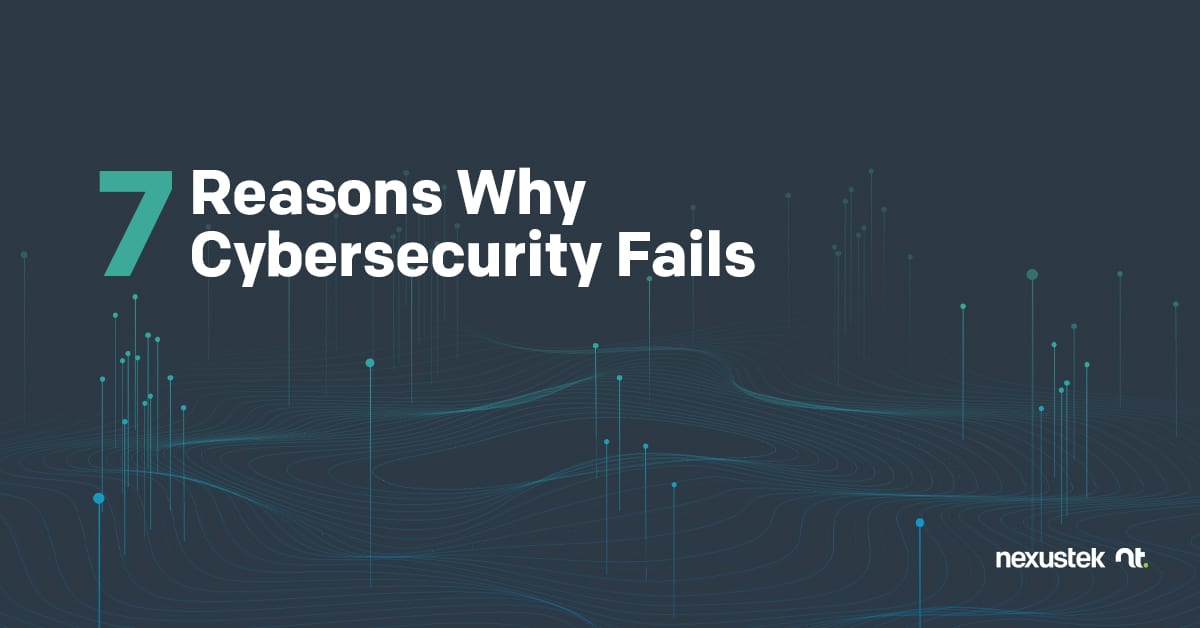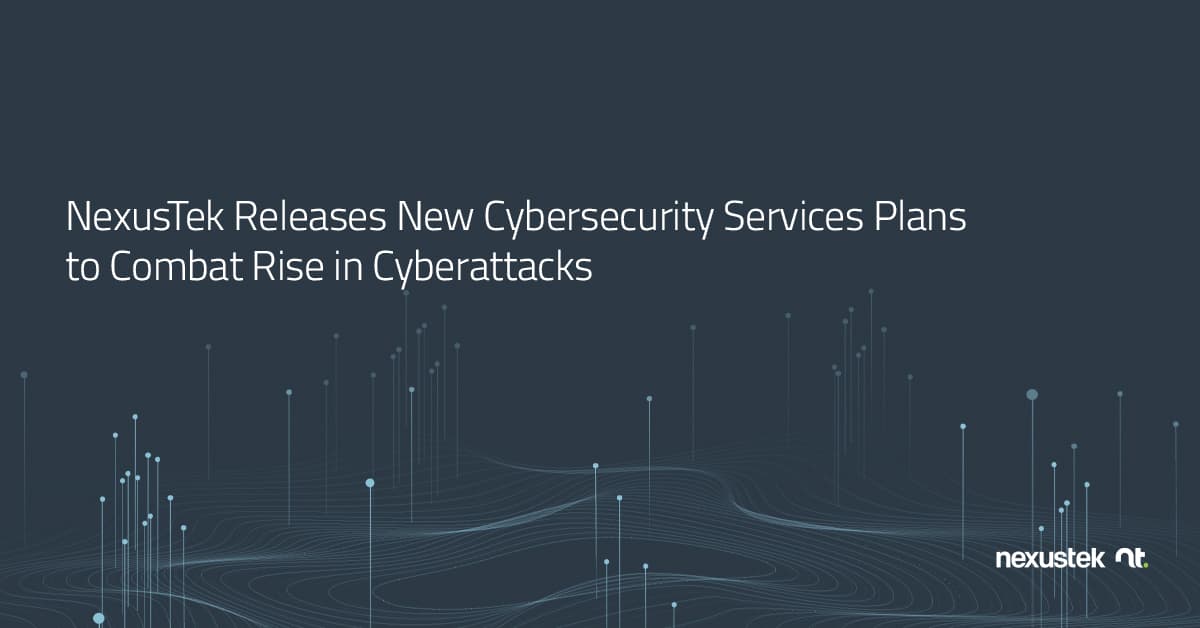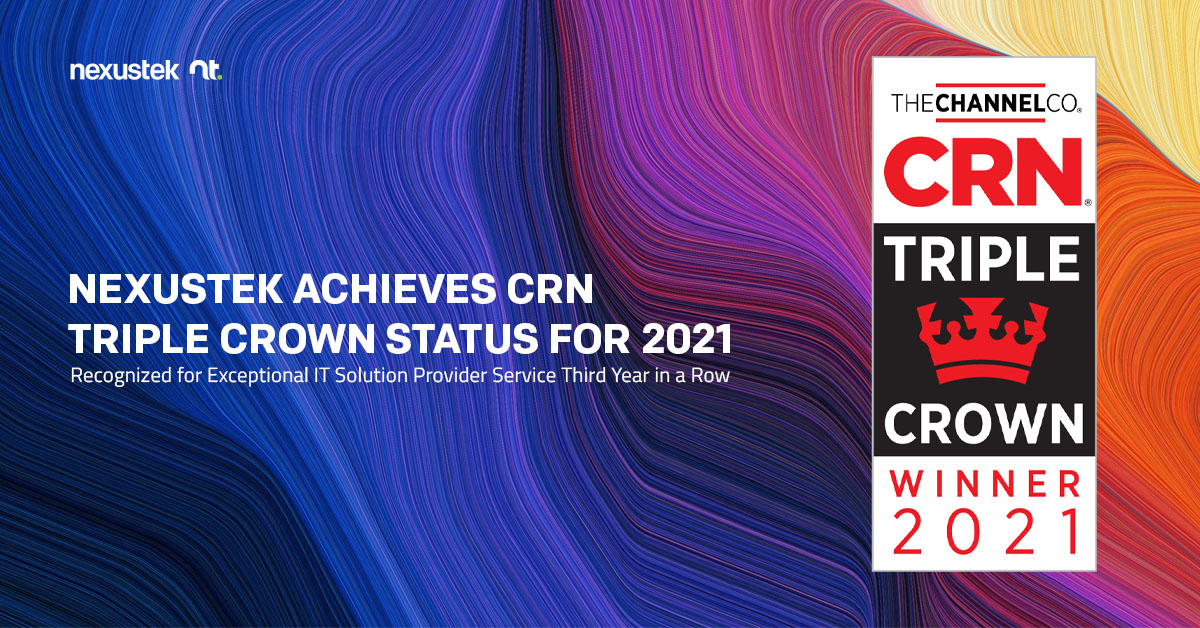
NexusTek Achieves CRN Triple Crown Status for 2021
Recognized for Exceptional IT Solution Provider Service Third Year in a Row
Denver, CO (October 11, 2021) – NexusTek, a national provider of managed IT services and full IT outsourcing solutions to businesses across the U.S., announced today that CRN, a brand of The Channel Company, has named NexusTek as a 2021 Triple Crown Award winner for the third consecutive year. This award celebrates standout solution providers for the accomplishment of being featured on three of CRN’s prestigious award lists.
“This Triple Crown Award, which is a culmination of multiple awards, makes us extremely proud,” said Bill Wosilius, CEO, NexusTek. “This recognition reflects our commitment to excellence in the IT industry, and even more importantly, our commitment to the businesses who place their trust and investment in NexusTek. With this honor, we are one step closer to our goal of being the largest national MSP with the highest customer satisfaction in the industry.”
CRN Triple Crown Award winners earned a place on three elite award lists in the same year, including: the Solution Provider 500 list, a ranking of the largest IT solution providers by revenue in North America; the Fast Growth 150 list, a ranking of the fastest-growing organizations in the channel; and the Tech Elite 250 list, for having received the highest-level certifications from leading vendors in the industry. Making any of the three lists is an achievement, but being named on all three lists in a single year highlights exceptional service and commands special recognition from the entire channel community.
“What an achievement to attain the Triple Crown Award — we are thrilled to congratulate these top solution providers who are leading the pack by revenue in North America, and whom have experienced more substantial growth this year than many other channel organizations while maintaining and building upon the technical skills that result in the highest level of service in the IT channel,” said Blaine Raddon, CEO of The Channel Company. “This award is the trifecta of honor, highlighting truly extraordinary solution providers who continue to go above and beyond in their contributions to the channel and to the future of the industry with their dedication and expertise.”
This year’s Triple Crown Award winners will be featured in the October 2021 issue of CRN and online at www.crn.com/triplecrown.
About NexusTek
Trusted by thousands of businesses for over two decades, NexusTek, a national provider of managed IT services and full IT outsourcing solutions, offers a comprehensive portfolio comprising end-user services, cloud, infrastructure, cybersecurity, and IT consulting. Ranked among the top MSPs in North America and a multi-year CRN Triple Crown Award winner, NexusTek’s 24/7/365 domestically-staffed support team designs holistic technology solutions to improve business continuity, productivity, operational efficiency, and cost-effectiveness for companies across the U.S., Canada, Mexico, and the United Kingdom. As an SSAE 18 SOC II certified company, NexusTek conducts yearly rigorous security audits to ensure customer safety and provide optimal service.

